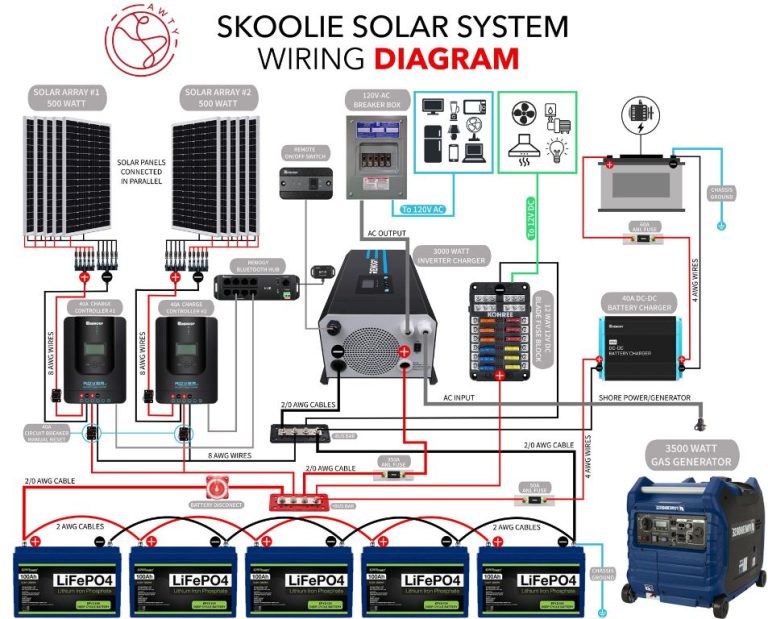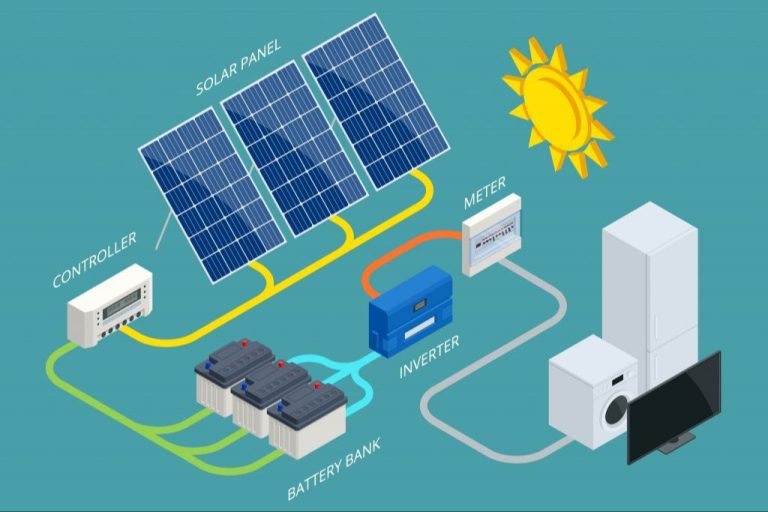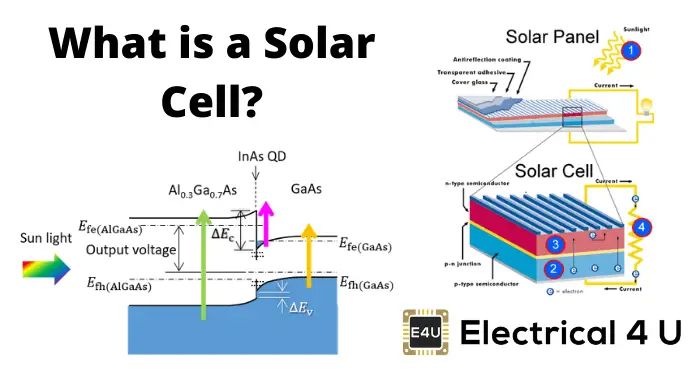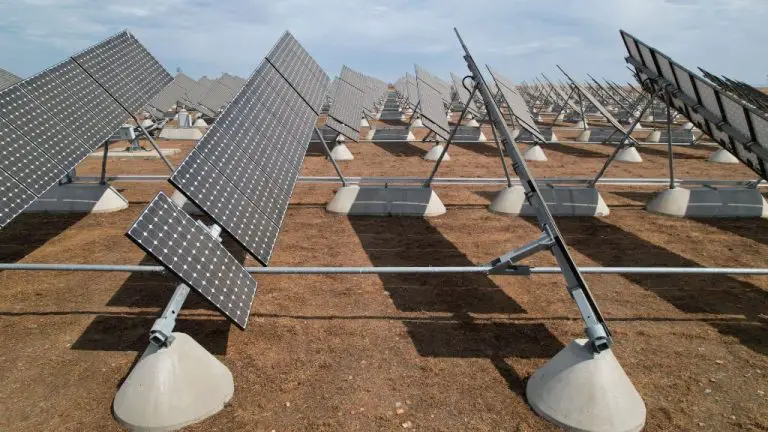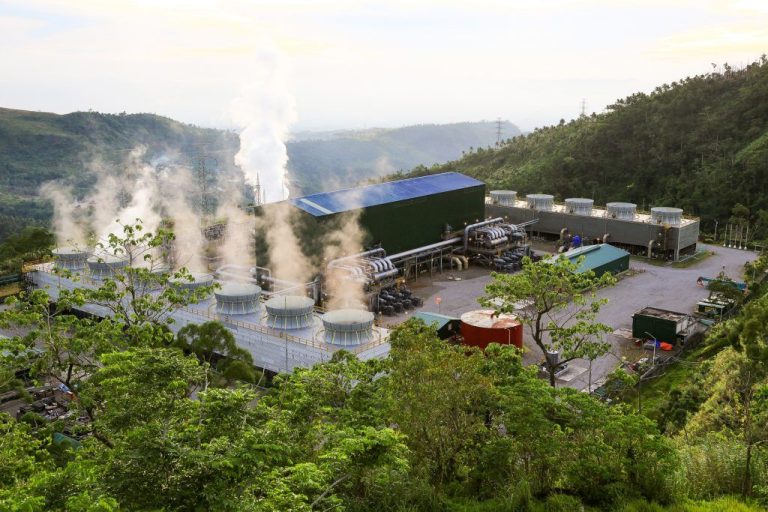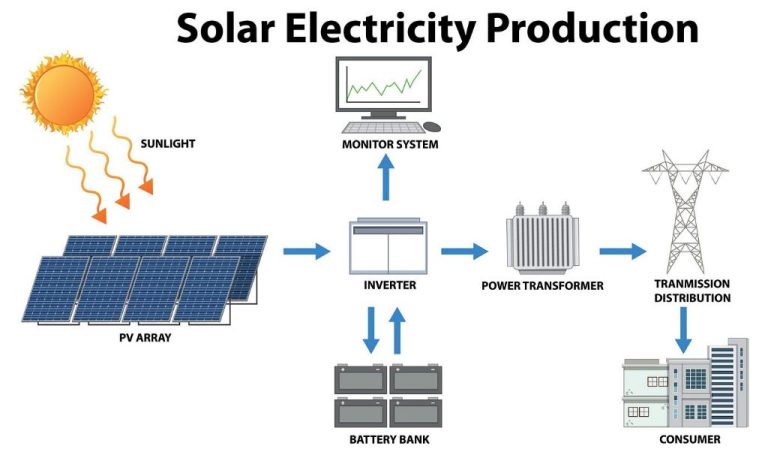Does Solar Energy Come From The Earth?
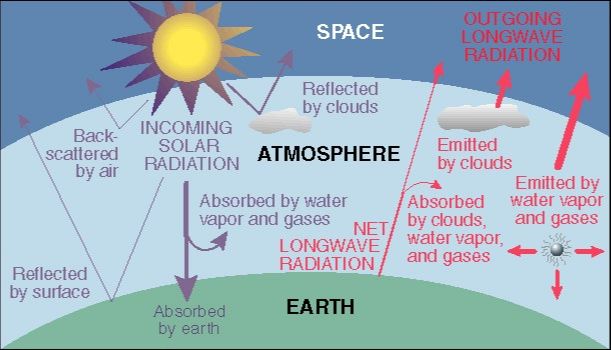
Solar energy is defined as radiant energy or electromagnetic radiation emitted from the sun (SunRun). Solar energy is a renewable energy source that comes directly from the sun and can be captured and converted in various ways to produce power. The sun is the earth’s main source of energy, and sunlight that reaches the earth can be harnessed and turned into useful forms of energy such as heat and electricity. This article will examine where solar energy comes from originally, how it reaches the earth, the ways it can be captured and converted into usable energy, whether it is renewable, methods for storing it, its growing use worldwide, and the main benefits and limitations of solar power.
The Sun as the Original Source
The Sun is the original source of nearly all energy on Earth, including solar energy. The Sun is a star at the center of our solar system. Through nuclear fusion reactions, the Sun generates an enormous amount of energy. This energy is released in the form of electromagnetic radiation, including visible light, ultraviolet light, and infrared radiation
The Sun’s light, in the form of photons, travels from the Sun to Earth at the speed of light. It takes around 8 minutes and 20 seconds for the light to reach Earth. Some of this sunlight gets absorbed by the Earth’s atmosphere and surface. The Earth receives 174 petawatts of solar radiation at the upper atmosphere. Approximately 30% is reflected back into space while the rest reaches the Earth’s surface. This incoming solar radiation from the Sun provides almost all the energy driving the Earth’s climate and life systems.
The incoming solar energy that reaches the Earth is the original source of solar energy. Technologies like solar panels are able to capture a portion of this incoming solar radiation and convert it into useful forms of energy, such as electricity or heat. But the original source of this solar energy is the light emitted from nuclear fusion reactions within the Sun. (https://files.eric.ed.gov/fulltext/EJ1079512.pdf)
Solar Energy is Captured on Earth
Solar panels, also known as photovoltaic (PV) panels, capture sunlight and convert it into electricity that can be used to power homes, businesses, and more. PV panels contain solar cells made up of silicon and other conductive materials that are specially treated to form an electric field. When sunlight hits the solar cells, the photons in the light energize the electrons in the panel’s semiconductor material. This frees up the electrons to flow through the material and produce DC (direct current) electricity. The DC electricity is then fed through inverters, which convert it into AC (alternating current) electricity that can be used to power lights, appliances, and electronics.
According to Sunvest, “Solar photovoltaic (PV) panels transform sunlight into usable electricity through smaller units called solar cells. Many solar cells together make up one solar photovoltaic panel.” (https://www.sunvest.com/blog-post/how-do-solar-panels-work/). The key steps are that sunlight hits the PV panel, energizing electrons in the solar cells, creating DC current, which is then inverted into AC current we can use. This allows solar energy from the sun to be captured and converted for human use here on Earth.
Is Solar Energy Renewable?
Solar energy is considered a renewable resource because it comes from the sun, which is a virtually endless source of energy. The amount of solar energy that reaches the Earth’s surface in one hour is enough to meet global energy needs for an entire year (Source: https://www.energysage.com/about-clean-energy/solar/solar-energy-renewable-nonrenewable/). Unlike fossil fuels, which take millions of years to form and exist in finite quantities, the sun provides a constant supply of solar energy that is not depleted by use. As long as the sun exists, solar energy will continue to reach the Earth. This makes it an inherently renewable resource.
Solar panel systems convert the sun’s rays into usable electricity without any fuels or emissions. The process is repeatable and sustainable. Even as solar energy is consumed, the sun continues shining and replenishing the supply. In this way, solar power can continue meeting energy needs indefinitely without being used up like non-renewable resources (Source: https://www.quickenloans.com/learn/is-solar-energy-renewable). This ability for ongoing renewal makes solar energy a prime example of a renewable resource.
Some argue that solar power depends on materials like silicon and rare metals that may become scarce. However, research shows these raw materials are abundant enough to support significant solar expansion (Source: https://www.saveonenergy.com/solar-energy/is-solar-energy-renewable/). The modular and recyclable nature of solar panels also allows for reuse of materials. As technology develops, efficiency continues improving as well. Solar energy’s renewability makes it a sustainable choice over the long-term.
Solar Energy Storage
Solar energy can often be generated during the day when demand for electricity is lower. Therefore, the ability to store solar energy for use when the sun is not shining is an important consideration. There are a few main methods for storing solar energy:
Batteries are a common way to store solar energy generated during the day for use at night. Battery storage systems like lithium-ion batteries can store solar energy efficiently. Homes with solar panels often use batteries to store excess energy and provide backup power when needed (Ecoflow).
Thermal energy storage allows heat from the sun to be captured and stored for later use. This could involve technologies like molten salt storage tanks that retain heat to generate steam and electricity on demand. Thermal storage provides a way to smooth out energy supply and demand (Aurora Solar).
Pumped hydro storage uses excess electricity to pump water uphill into reservoirs. When electricity demand rises, this stored potential energy can be released as the water flows back downhill to generate hydroelectric power. Pumped hydro provides large-scale energy storage capabilities.
Overall, energy storage systems help maximize the utilization of solar power. Batteries, thermal and pumped hydro storage provide ways to store the sun’s energy for use 24/7.
Using Solar Energy
Solar energy is used in many ways in everyday life. Some of the most common uses include:
Generating electricity – Solar photovoltaic (PV) panels convert sunlight directly into electricity. This electricity can power homes, businesses, and the grid. According to freedomsolarpower.com, solar PV met 3% of U.S. electricity demand in 2020.
Heating water – Solar thermal collectors capture heat from the sun to warm water. This hot water can meet residential and commercial needs. Solar water heating is most popular in warm climates since it works best on sunny days. Glyde Solar notes around 1.5 million U.S. households use solar water heating.
Cooking – Solar cookers use mirrors and reflective surfaces to concentrate sunlight to temperatures hot enough for cooking. This provides a sustainable cooking alternative without need for electricity or fuels. Solar cooking is common in developing regions without electric or gas stoves according to BYJU’S.
Heating and cooling buildings – Solar heating directly provides warmth in the winter. Solar electricity can also power heat pumps. Solar energy can also drive absorption chillers for air conditioning in the summer. Using the sun for heating and cooling reduces fossil fuel consumption.
Growth of Solar Energy
The use of solar energy has grown substantially in recent years. According to a report by the Solar Energy Industries Association, the amount of solar energy installed globally has increased over 200-fold since 2000, reaching over 580 gigawatts by the end of 2018 (Assessing the Value of Distributed Solar Energy Generation). Total global solar photovoltaic capacity increased by over 100 gigawatts in 2018 alone, which was more growth than any other renewable energy technology that year.
Several factors have driven the rapid growth in solar energy capacity and adoption. Declining costs of solar panels and installation have made solar power more economically viable (How to Invest in Solar Power, a Clean Alternative Energy Source). Governments around the world have enacted supportive policies such as tax credits, incentives, and renewable energy standards to encourage solar adoption. Concerns about climate change and energy security have also led many consumers and businesses to turn to solar power as a clean energy source produced locally.
Some regions have seen especially dramatic growth. China, for example, went from having almost no solar power in 2000 to boasting 130 gigawatts of installed capacity by 2017, accounting for over 30% of global solar photovoltaic capacity. The United States has also experienced substantial growth, with over 62 gigawatts of solar capacity installed as of 2018.
Benefits of Solar Energy
Solar energy has many advantages that make it an attractive renewable energy source. Some of the key benefits of solar power include:
Sustainability – Solar energy is a renewable resource that is inexhaustible for practical human purposes. The sun provides 120,000 terawatts of energy to the Earth continuously (Enel Green Power, para 1). This makes solar a sustainable long-term energy solution.
Reduced Electricity Costs – After the initial investment in a solar system, the source of energy is free. This can lead to lower electricity bills and savings over time (Constellation, para 2). Homeowners with solar panels can also sell excess electricity back to the grid through net metering programs.
Low Maintenance – Solar panels require little maintenance once installed. Basic cleaning and upkeep is required, but the systems are generally reliable (GreenMatch, para 3). This makes solar energy convenient for consumers.
Improved Public Health – Unlike fossil fuels, solar energy systems produce no air pollution or greenhouse gases. This leads to cleaner air and lower instances of pollution-related health issues.
Overall, solar power provides clean, renewable energy while lowering electricity costs. These advantages demonstrate that solar can be a beneficial part of our future energy mix.
Limitations of Solar Energy
While solar energy has many benefits, it also comes with some limitations. Some of the main disadvantages of solar energy include:
High upfront costs – Installing a solar energy system can involve significant upfront costs. According to Constellation, the average cost to install a home solar system is $12,320 before incentives and $8,048 after incentives as of 2022 (Constellation). These high initial costs can deter some homeowners and businesses from adopting solar.
Intermittent power generation – Solar panels do not produce electricity at night, and energy output varies depending on weather and cloud cover. This intermittency means solar often needs to be paired with other energy sources like batteries for storage or the grid for backup power.
Inefficiency – Most silicon solar panels on the market today have efficiencies between 15-22%. This means a significant portion of sunlight is reflected or converted to heat rather than electricity (Nachi). More efficient solar technologies are being researched.
Land usage – Ground-mounted solar arrays require significant land area, which can be a challenge in urban areas. Rooftop solar on homes and buildings helps alleviate land usage issues.
Aesthetics – Some people dislike the look of solar panels and view them as an eyesore. Improved solar design and integrating PV into building materials can help address aesthetic concerns.
Conclusion
In summary, while the original source of solar energy is indeed the Sun, the harnessing and usage of solar energy predominantly takes place here on Earth. The Sun radiates an enormous amount of energy in the form of electromagnetic radiation, which travels the 150 million kilometers from the Sun to Earth. When this solar radiation reaches the Earth, it can then be converted into usable forms of energy like heat and electricity through various technologies like solar panels and concentrated solar plants. So in that sense, the original source is the Sun, but the practical application of solar energy is enabled by our ability to capture, store, and utilize that solar radiation once it has reached the Earth’s surface. Going forward, advancements in solar technology on Earth will continue to allow us to harvest the virtually limitless energy radiating from the Sun.

